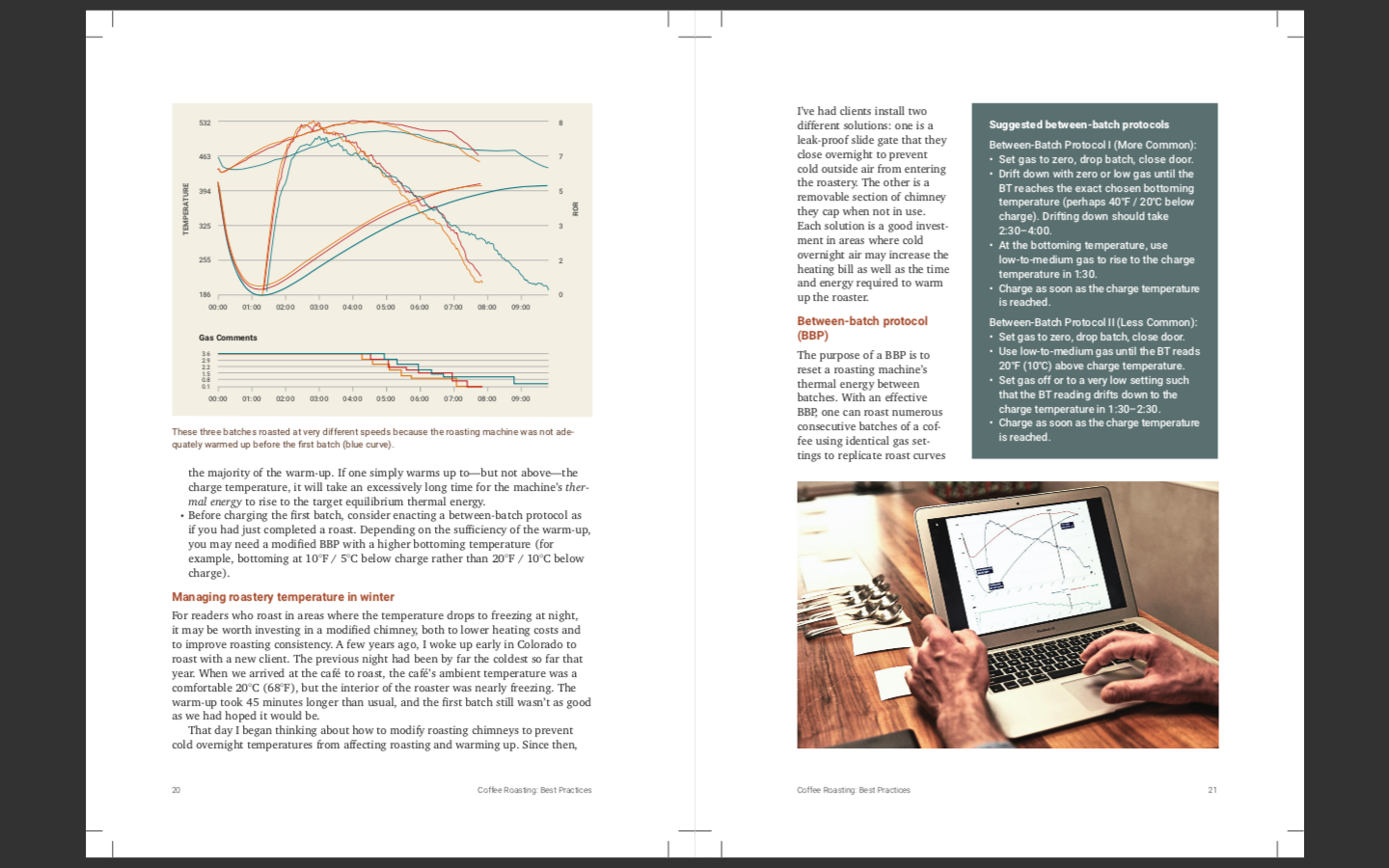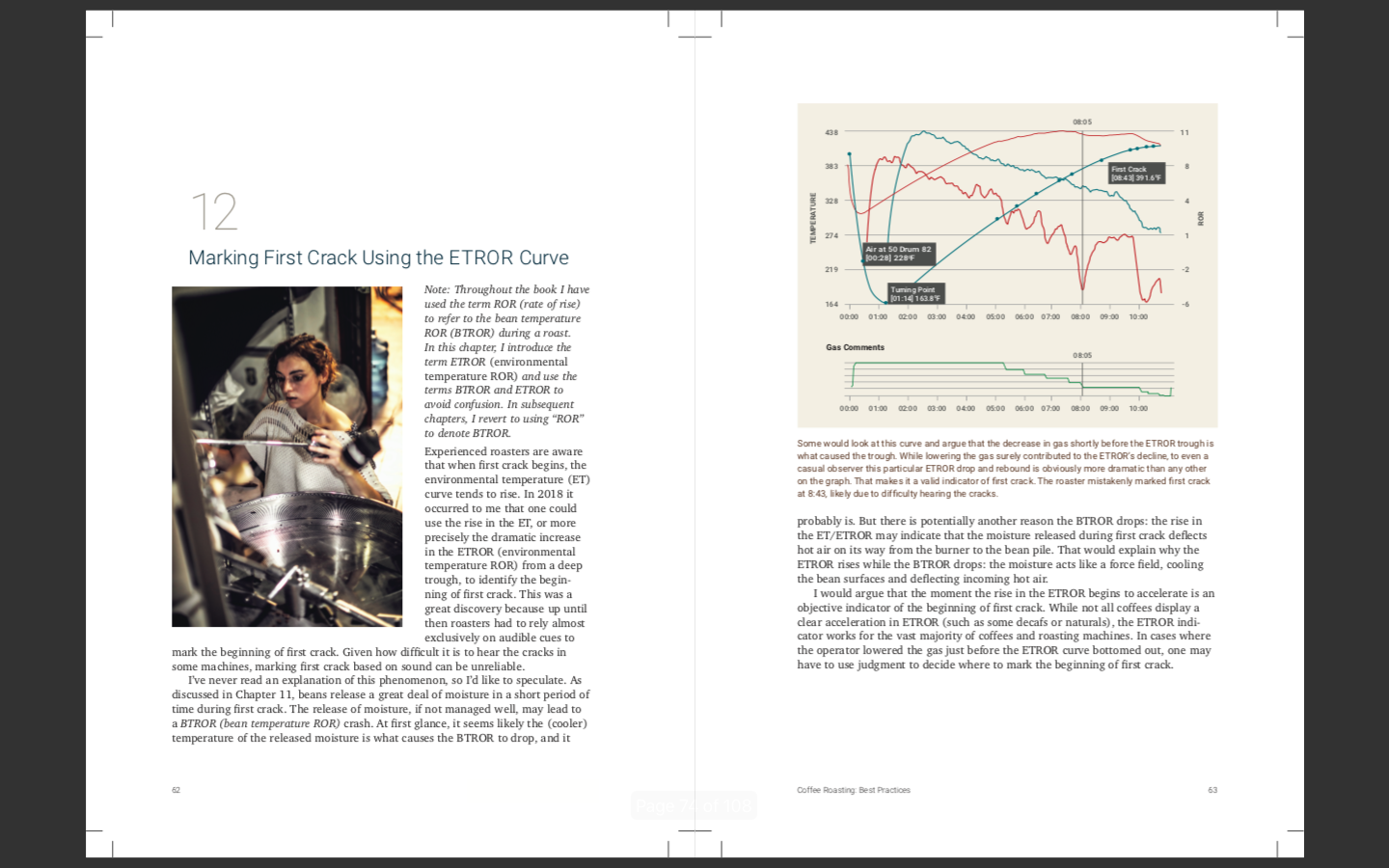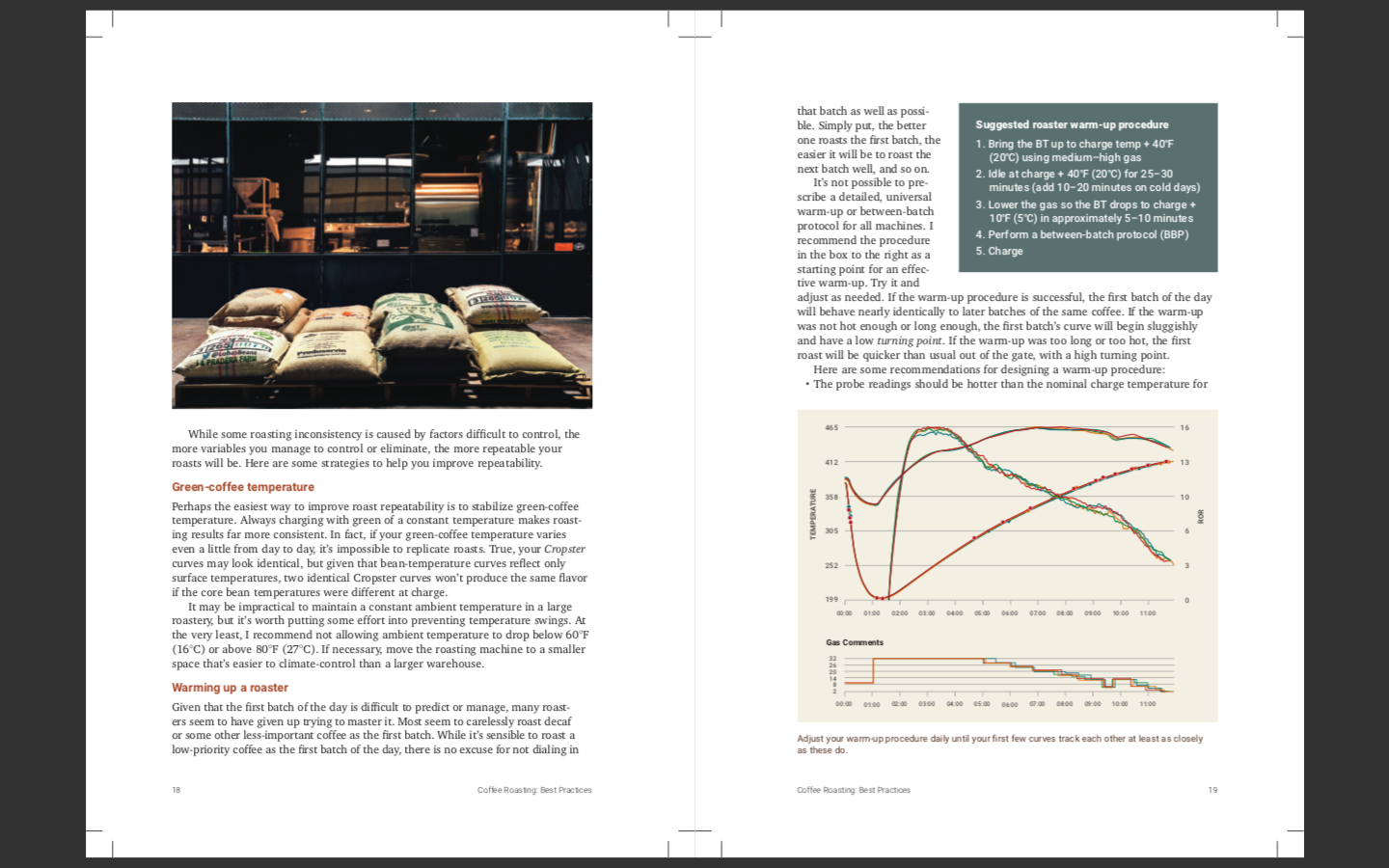Should you omniroast? The answer is not so simple
Roasters often debate the merits of “omniroasting” but I have never heard someone discuss what I think is the most important determinant of whether one should omnniroast: quality of espresso extraction.
Omniroasting refers to using the same roast profile for both filter and espresso. Of course, espresso roasts have traditionally been darker than filter-coffee roasts. And I am all for using lighter-than-traditional roasts for espresso. But with the advent of third-wave roasting and the sometimes obsessive desire of roasters to roast as light as possible — whether they can do so successfully or not — many have decided to roast their espresso coffees as light as they do their filter coffees.
Unfortunately, espresso made from very light roasts is often unpalatably sharp, sour, and imbalanced. However, it is not always due to the roast, it is often due to the espresso extraction.
Until the past few years, a “god shot” was something coffee pros expected to experience perhaps once per year. I don’t fault baristas — or a deity — for the infrequency of god shots. I fault the limitations of the equipment we have had at our disposal until now.
Prior to using the DE1 from Decent Espresso, I had tasted perhaps five truly great espresso extractions in my life. For 20+ years, almost every espresso I tasted was imbalanced, too sharp, and too bitter, and usually astringent. The exceptions were usually shots made from low-acid coffees, but those coffees were not of good enough quality for me to enjoy as straight espresso. However, it makes a lot of sense that darker, low-acid coffees have been the rule in most countries for many decades. Every other type of bean pulled as espresso was guaranteed to be too sharp and imbalanced for most palates.
The first day I pulled blooming espressos on the DE1 was the first time I tasted several great extractions in one day. The blooming espresso profile consists of a flow-controlled preinfusion (note: there is no such thing as preinfusion controlled by pressure) followed by a 30-second “bloom” during which the flow stops but the machine applies a modest pressure on the puck to prevent it from expanding or losing its integrity. With the right grind setting, a few drops will fall during the bloom. After the bloom the machine executes a 2.2 ml/s flow profile to extract the coffee. Much like when making a pourover, but more dramatically, the bloom phase increases and improves the temperature of the lower layers of the coffee bed, ensures all of the grounds are saturated with liquid before extraction, and increases extraction level. The higher, more uniform extractions of the blooming espresso soften the flavor profile, decreasing sharpness and bitterness. They also produce very high extractions, allowing one to use less grounds if desired.
A well-executed blooming espresso shot approaches the extraction quality of good filter coffee.
With the blooming espresso and similar profiles on the DE1, as well as with the allongé, another high-extraction profile I have written about extensively, I happily (and exclusively) pull shots of very lightly roasted washed coffee. While baristas have historically avoided shots of lightly roasted Kenya because of their inevitable sourness and sharpness, lightly roasted Kenya and Ethiopian coffees are now my go-to espresso beans, just as they are for filter coffee.
So, should you omniroast? If you are using something like a Mazzer Robur and an LM Linea, without true preinfusion, definitely not. If you are using a better grinder such as a Mythos with a machine that offers proper preinfusion and/or pressure profiling (E61, Strada, etc) you may be able to pull nice shots of light omniroasts. And if you have a DE1, you can mold the flavor of your espresso to your liking.
My advice is to not allow the platonic ideals of super-light roasting or omniroasting to get in the way of producing the best end product. I believe it is best to adapt to, and optimize for, the limitations of your equipment, or upgrade your equipment, and roast appropriately for it.
One simply cannot discuss omniroasting without considering the quality of espresso extractions. Comments always welcome.






